Meet Minerva
/Child's Diagnosis: Tetralogy of Fallot (TOF)
Has Kerrington’s Heart impacted your journey? If so, how?:
Kerrington's heart helped provide my family with food cards while we stayed out of state in the hospital with our daughter. They also provided us with gas money to travel home and see our family and do paperwork we had to do back home. On Christmas we were blessed beyond belief to have someone sponsor our family and bring our older children and our newborn twins many gifts.
What’s one thing you wish you’d been told at the beginning of your journey?:
Take life day by day. Control what you can and try not to dwell on the things you can't control.
What’s one word you would use to describe your journey and why?:
Complex. My daughter has been with us 8 years and we don't seem to fit into a singular category. She's a heart patient but she's also a pulmonary nightmare, she has epilepsy, she has feeding issues, she is developmentally delayed, she is a cranio kid. The list goes on and on. We can't identify as one specific type of medical family because we are dealing with complex issues that work against her all the time.
Please share a little bit about your story:
I had twins at 27 weeks due to one of the twins having blood flow issues. In the beginning she went into absent end diastolic flow, her blood flow between heartbeats would just sit there instead of continuing forward. Then she went into reverse end diastolic flow, which means her blood flow started going backward in-between heartbeats. That's an emergency situation and required an emergency c section. Both twins were very small and unable to be held or even touched. Minerva, the littlest baby was only 1 lb. 6 oz and was shortly diagnosed with TOF. Her twin, Ethena, had her own struggles including a brain hemorrhage and normal lung issues from being so premature. My girls were born at the University of Kentucky however they were not equipped for Minerva's care or her pending heart surgery. We stayed at UK with Minerva coding 3-5 times a day for a month before we got transferred to Cincinnati Children's Hospital. Minerva was still too small to operate on until she gained close to 5 lbs., but Cincinnati was able to care for her better in the meantime. Minerva had a BT shunt done when she was 5 lbs. Knowing that surgery was just a band aid to save her life at the time, we done what the surgeon suggested. The BT shunt actually damaged her lungs worse than her prematurity already had. Two months later we had her full TOF heart repair done. The whole-time doctors told us this will be the last thing and then you can go home. She will be all better. That was at 5 months old. Unfortunately, they were unaware of how bad her lungs really were because her heart journey was just the beginning. She had to have a trach placed to be able to use a ventilator without being sedated all the time. They waited until about 9 months to make that decision so the first 9 months she was highly sedated. She also required a g tube to be placed which had to be revised to a gj tube because the ventilator caused too much air to be pushed into her stomach and she couldn't keep food down without being fed past her stomach. She was very close to being released from the hospital when a therapist noticed some unusual eye movements and the doctors decided to put her on seizure meds. She was inpatient 10.5 months before she was able to go home for the first time. The first 2 years we had at least 3 out of state appointments a month. And when I thought we finally had a handle on everything going on, a doctor noticed her head shape was a little off. She was diagnosed with metopic bicornonal craniosynostosis, meaning the soft spots on her forehead and temples closed too soon. She has had three cranial surgeries since then to create more bone growth and reshape the entire skull to have more room for her brain to grow. Her skull surgeries all went well, and we shouldn't need any more of those. She had a major event seizure years later where she seized for 2 hours and required multiple doses of rescue meds to stop seizing. She is 8 now and still has frequent hospitalizations. She still has her trach, uses ventilator and oxygen at night and when she is sick, still only gets feeds via j tube, she's mostly nonverbal, and has many developmental delays. However, she is more than her many diagnoses' Minerva is strong willed, adventurous, and mischievous.



